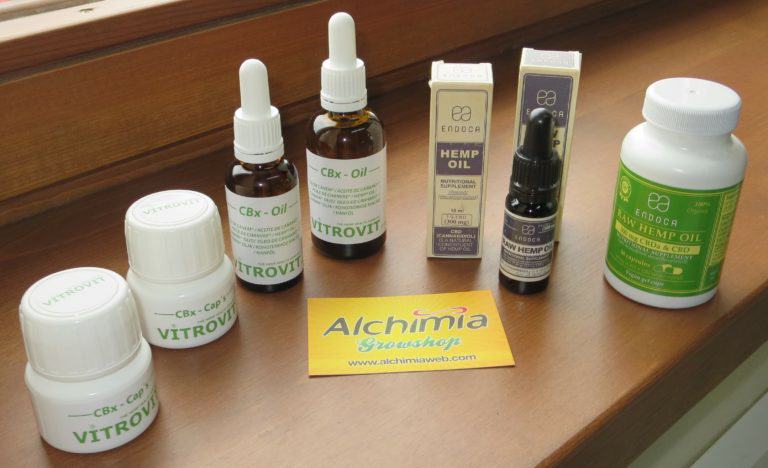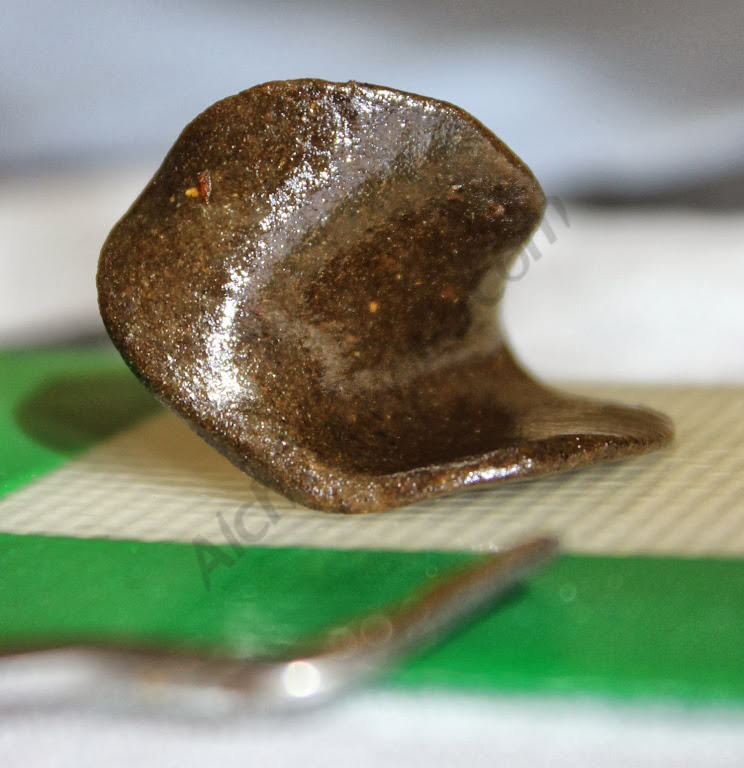How to make Cannabis Capsules (Canna Caps)
List of contents
How do I make cannabis oil capsules?
Cannabis is a plant that can be consumed orally and form part of a healthy diet, but too often, the characteristic flavour of this plant can be a turn-off, and it?s not easy to find tasty new recipes to which we can add our weed.
Preparing cannabis in the form of capsules allows us to get over these two limitations and orally ingest cannabinoids in a simple and effective way. In this article, we?ll show you how to make your own cannabis capsules, or ?canna caps? for therapeutic and recreational use.
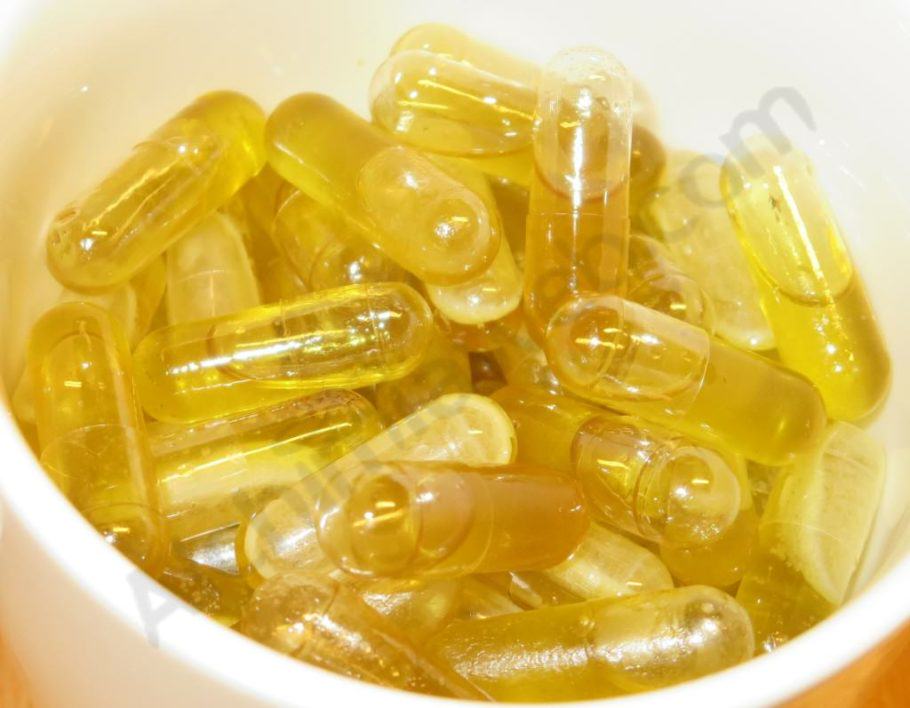
Recipe to make cannabis capsules with coconut oil
In this recipe, we?ll use coconut oil to extract the principal active ingredients from the cannabis plant. Coconut oil is particularly useful because of it?s characteristic of remaining in a solid form at room temperature; if the capsules are stored at temperatures below 25ºC we can stop the oil becoming liquid and avoid any risk of the capsules leaking. This vegetable oil is also useful because it contains high levels of medium-chain triglycerides (MCT), which guarantee maximum absorption of the cannabinoids.
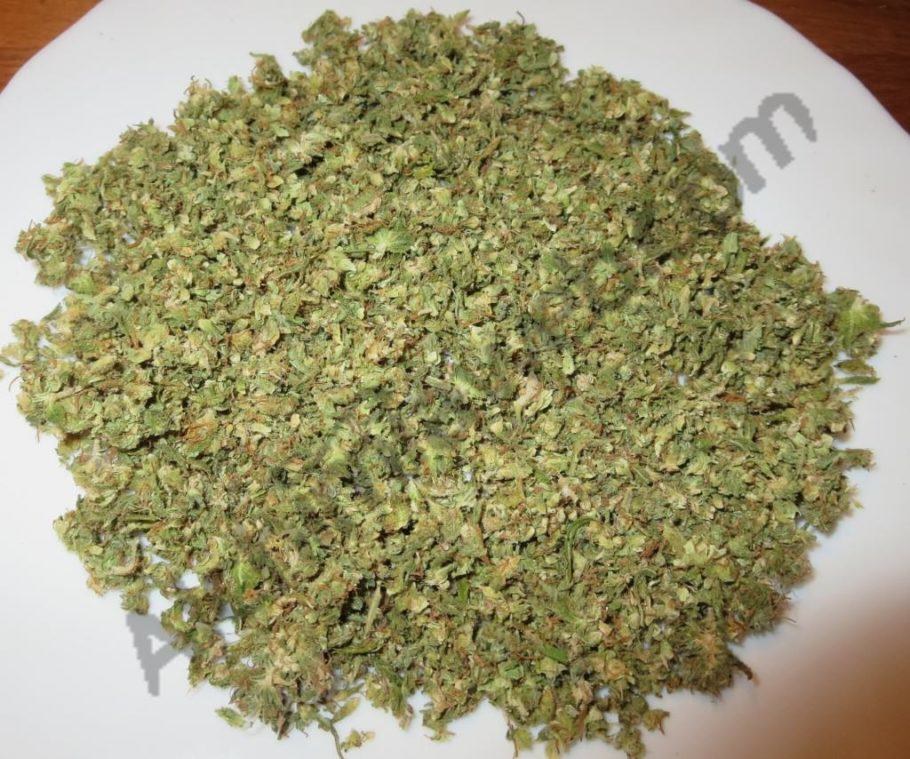
Material necessary to make approx. 100 cannabis capsules:
- 10g of dry cannabis flowers (or sugar leaves/resinous trim)
- 100g coconut oil
- Empty gelatine capsules, 00 size (if using gelatine-free capsules they will quickly degrade upon contact with the oil, so must be consumed within a short time)
- Capsule machine (optional, but very useful. Alternatively a shallow dish filled with dry rice will hold the capsules while you fill them)
- Pipette, dropper or syringe
- Sieve for filtering
- Laser thermometer (to monitor the temperature during the extraction)
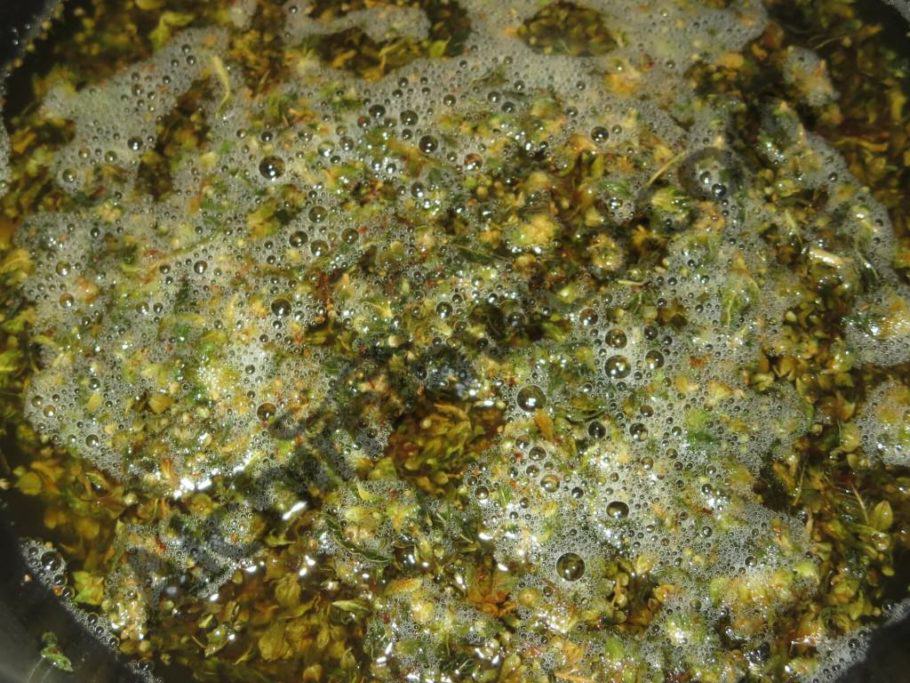
1) Break the cannabis up finely with a grinder.
2) Heat the coconut oil to around 90ºC in a bain-marie (water bath), add the cannabis and simmer gently for about 15 minutes.
3) Remove the mixture from the water bath and cook it on a low heat (120ºC) for 1 hour approx., to ensure a proper decarboxylation of the cannabinoids. Important: avoid overheating the mixture, as from 157ºC the THC will start to evaporate.
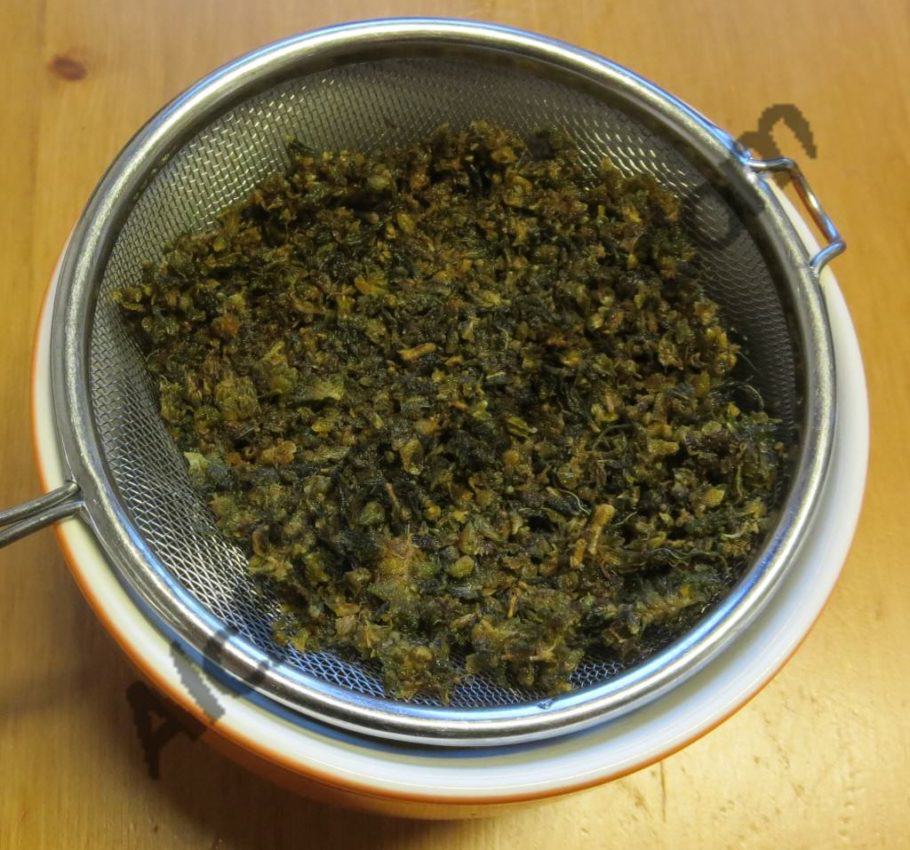
4) Return the mixture to the bain-marie and cook for a further 2 hours (approx.) at 90ºC so that the cannabinoids fully infuse the coconut oil.
5) Filter the resulting mixture using a sieve, squeezing it well to extract every last drop of the precious infused oil.
6) Allow the mixture to cool to around 40ºC. Meanwhile, prepare the capsules in the filling machine, which allows us to fill 24 capsules at one time. Place the larger half of the capsule in the bigger tray and the smaller half in the small tray.
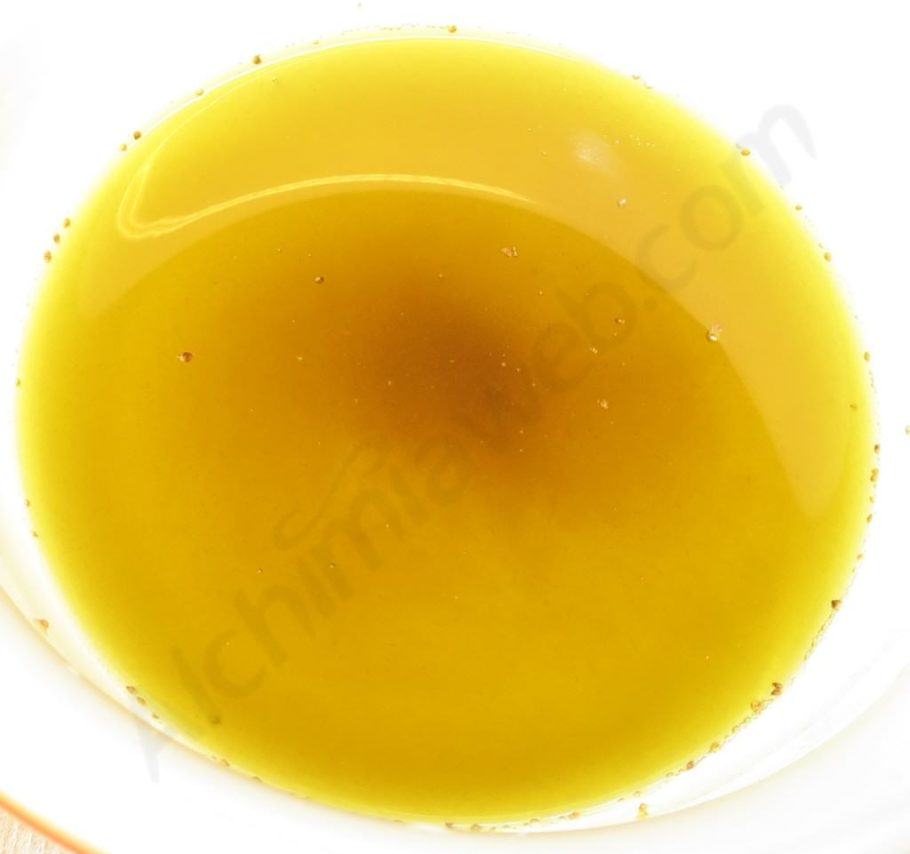
7) Using a pipette, dropper or a syringe, carefully fill the larger halves of the capsules, leaving a margin of 1mm at the top to facilitate closing the capsules later on.
8) Close the capsules following the instructions for the capsule machine. If not using the machine, close the capsules manually, one by one. This may be easier once the oil has solidified.
9) Remove the capsules from the machine and store them in the fridge. The coconut oil will solidify, meaning you will be able to keep and transport the capsules more easily.
10) Repeat the operation with 24 new capsules and so on until the cannabis oil is all used up.
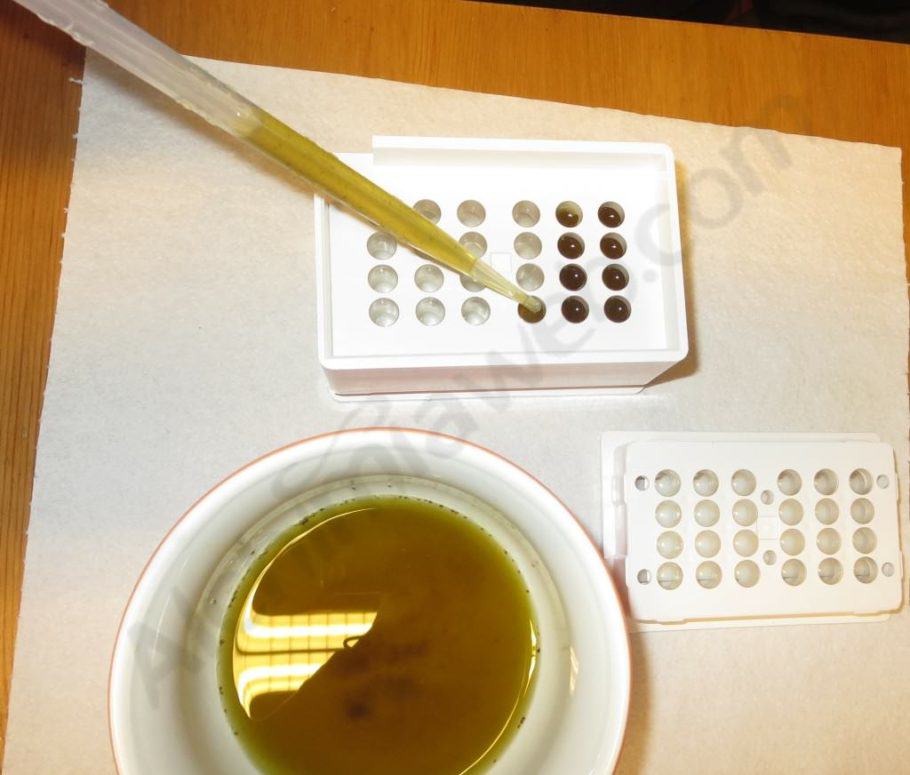
These cannabis capsules can be stored for several months in the fridge, away from humidity. They can also be frozen for optimal conservation. Where possible, always protect the capsules from light, for example, using a tinted glass jar for storage.
It?s a great idea, where possible, to analyse a capsule with laboratory testing to know the exact cannabinoid content and to verify that they are fully decarboxylated.
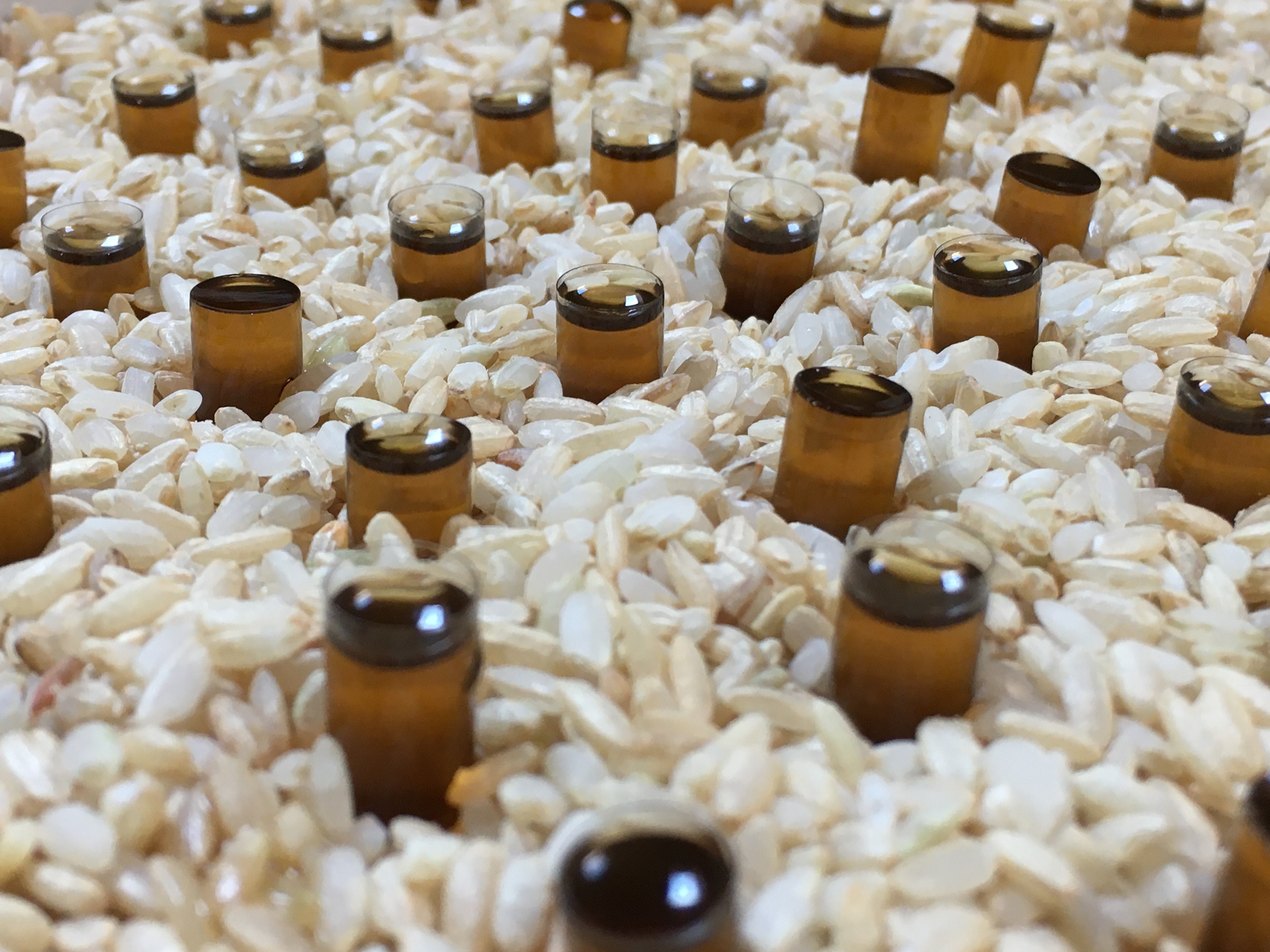
What kind of cannabis can be used to make the capsules?
For recreational purposes, we would use varieties that are high in THC, the compound responsible for the psychoactive effects of cannabis. For therapeutic purposes, on the other hand, we would use cannabis varieties containing CBD as well as THC , aiming to benefit from the properties of these two cannabinoids in a balanced ratio.
Those consumers who do not tolerate the effects caused by THC but still want to enjoy the benefits of CBD can make their own CBD capsules with any of the low THC varieties which are CBD-rich while barely containing any THC.
The effect of the capsules will greatly depend on the cannabis used in the extraction. The higher the cannabinoid levels, the more potent the effect will be. To increase potency, we can also choose to infuse our coconut oil with cannabis resin that has already been extracted. This can be any of the solventless concentrates such as Dry Sift, Bubble Hash or Rosin, as well as BHO and FECO/RSO, although for oral consumption we prefer to use resin extracted in a natural way, without the use of solvents.
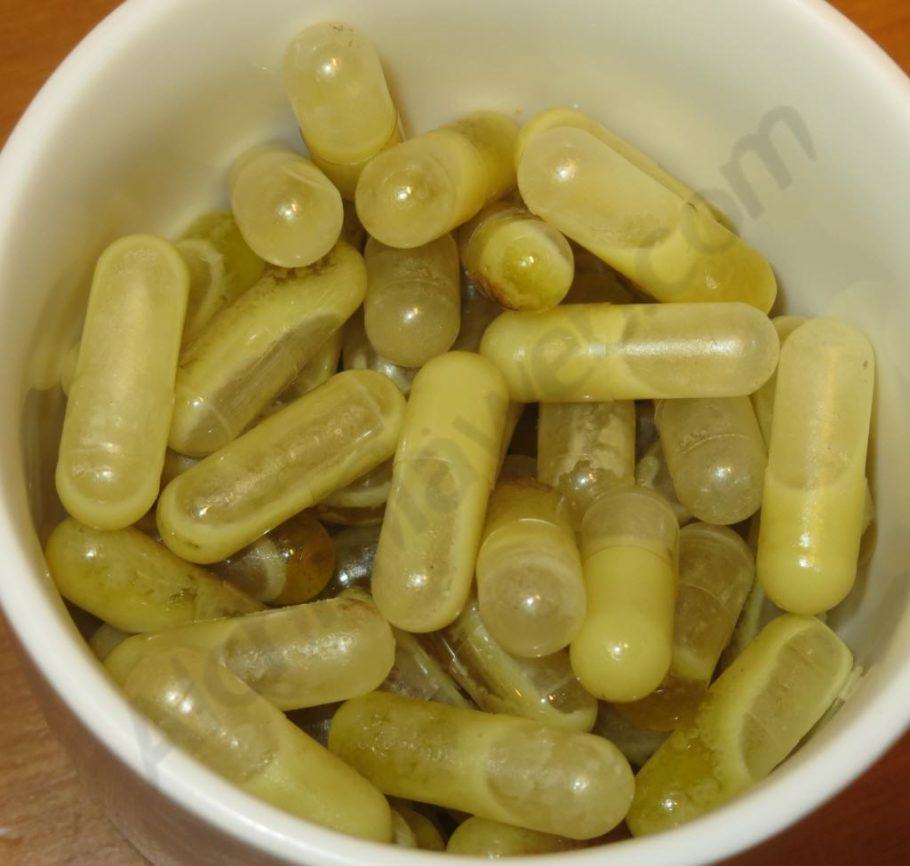
Proceed with caution when dosing these oils, they will be more potent and should be taken with care. When we made our first rosin capsules here at Alchimia, we used 1 part resin with 20 parts of coconut oil as a ratio to start with, but we later adjusted this to 1:10 to get the desired effect, due to our tolerance being fairly high!
We can also add other types of ingredients to our cannabis capsules to obtain a synergistic action. For example, if we wish to benefit from the anti-inflammatory properties of the cannabinoids, we can add some powdered cumin (with a pinch of black pepper) to further potentiate and augment this anti-inflammatory effect.
As usual, when consuming cannabis orally, its effects will appear about 45/60 minutes after ingestion, once cannabinoids have been assimilated into the digestive system and entered the bloodstream. We must be careful, start by taking a single capsule and wait at least 1 hour before consuming a second capsule if necessary, and so on until you find the appropriate dose.
All the best!













